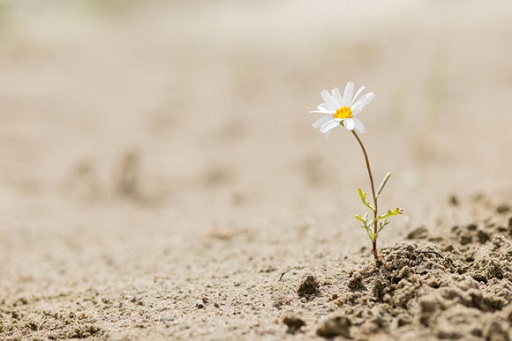2 The role of the environment
To help us to understand the role of the environment when considering the development of resilience, Sarkar (2019) uses the analogy of a flower. If a flower is not blooming, we do not look to the flower for a reason but, instead, we focus on its environment; we examine the volume of water, the quality of the soil, and the amount of sunlight available.
In Activity 1, you reflected on the environment created by the AIS to support its elite athletes. This approach has also been committed to by UK Sport who seek to create the ‘right environment, providing equal levels of support and challenge while also being extra vigilant in caring about the well-being of athletes’ (Nicholl, 2017).
The notion of challenge and support is highlighted in the UK Sport statement. You will look in more detail at these concepts in Activity 2.
Activity _unit3.3.1 Activity 2 What is the ‘right’ environment for building resilience?
First, read the short article ‘Developing resilience in elite sport: the role of the environment’ (Sarkar, 2018) which introduces mental fortitude training. Central to this is the role of the environment in developing resilience and the challenge-support matrix.
Now, based on the reading, complete interactive Figure 1.
Research indicates that a facilitative environment for the development of resilience can be achieved through offering high levels of challenge and support. Fletcher (2020) highlighted that the nature, and level, of challenges faced by an individual, both athlete and coach, will change over time. As such, the associated support for each challenge must accommodate this. For example, more support might be required in the final stages before a major competition or following an injury.
Having established the importance of creating a facilitative environment, you’ll now turn your focus to the development of resilience in individuals, from both an athlete and a coach perspective.

